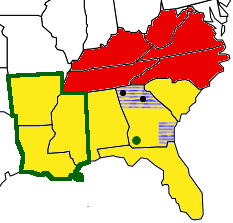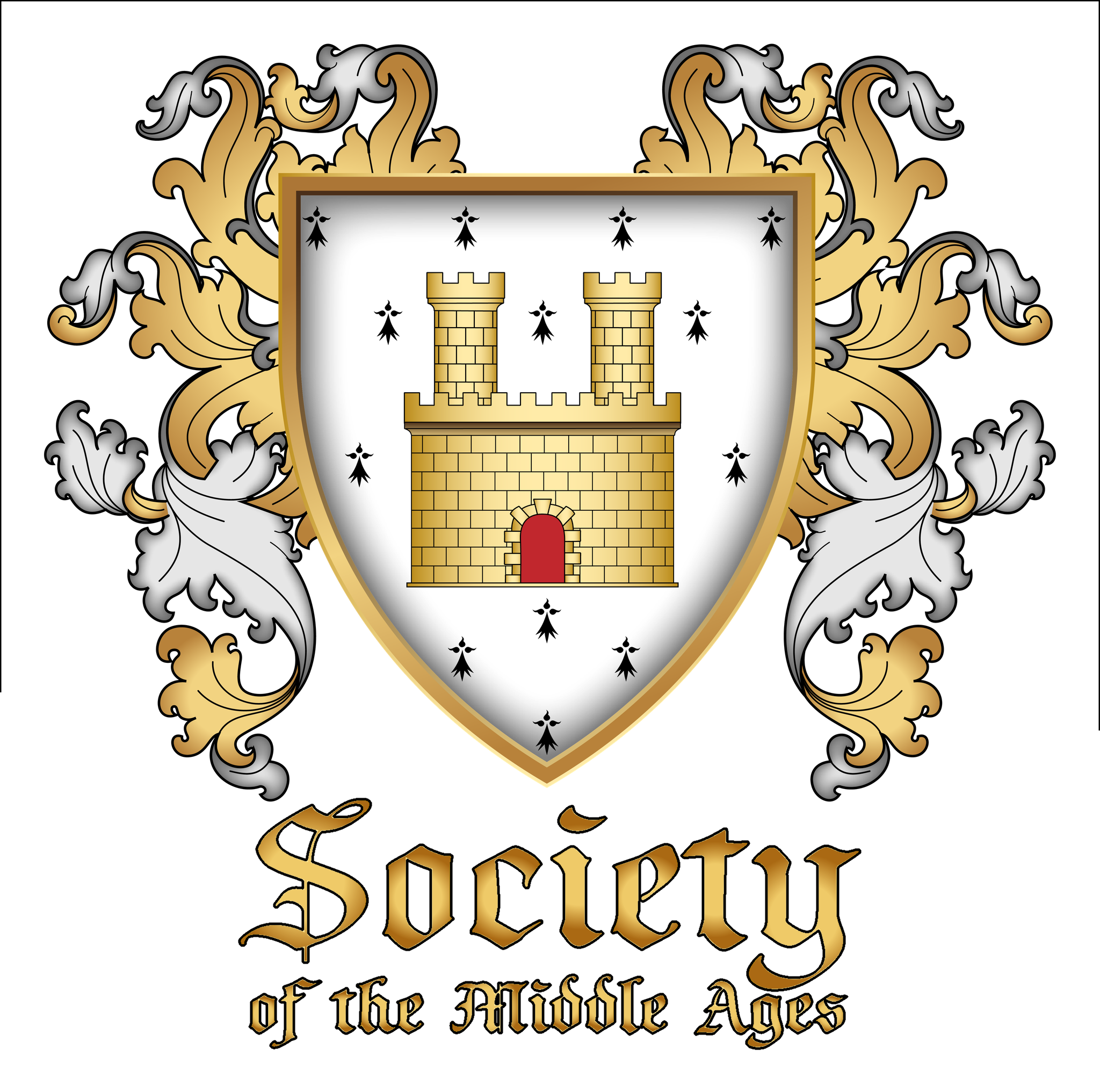The Geography of the Society of the Middle Ages
The Kingdom of Álendia has a populace that is growing every day. Currently our Kingdom consists of many Cantons, Shires, marches, and personal Castles. Our people live on the shores of two different seas, from the frozen north to the humid south. In the years to come, our lands will be claimed by new Lords and Ladies of the land. The terms may be confusing if you’ve never heard them before, but can be broken into two main groups: Geographical Units that are defined by specific boundaries base on physical locations and Non/Semi Geographical Units that may or may not be spread out across different regions. You can read more below to discover the meanings of each term.
Geographical Units
Borough – (minimum 5 members) – a local branch or group of geographically contiguous branches and governed by a seneschal exchequer, and herald. A well-grown march can choose to become a shire or remain a march until it’s big enough to become a province or principality.
Shire – Shire (minimum 15 members) – a local branch or group of geographically contiguous branches, part of a kingdom, principality, or province and governed by a seneschal, exchequer, and herald.
Principality – Principality (minimum 75 members) – a group of geographically contiguous branches, part of a kingdom, and is “ruled” by an Archduke and Archduchess, and is managed by the seneschal, who is the legal representative, and a council of ministers.
Province – Province (minimum 50 members) – a large local branch or group of geographically-contiguous branches, part of a principality or kingdom and governed by a seneschal and a council of ministers.
Kingdom – Kingdom (minimum 100 members) – a group of geographically contiguous branches. A kingdom has developed a cohesive culture and is “ruled” by a King and Queen and is managed by the seneschal, who is the legal representative, and a council of ministers.
Example
Here is a VERY rough photo just for example purposes of the SE United States.
The Yellow States formed Kingdom 1.
The Red States formed Kingdom 2.
The 3 States outlined in green have decide to form a Principality to begin establishing their own separate Kingdom from the Yellow States.
The blue stripped areas are Shires inside of Kingdom 1.
The black dots are private Castles inside their shire.
And the green Dot across the State from the shires is an independent Borough of the Kingdom.
This, of course, is just an example, and the areas can fill up much faster than this as local groups grow and create higher levels of geographical titles for their group. For instance the two shires shown, could apply to be recogized as a Province inside their Principality if they meet the minum population requirements.

Non/Semi-Geographical Units
Castle/Village/Monastery/etc – (alternate titles for castles are defined in the College of Arms governing documents) – any member may establish a non-geographical branch devoted to a particular aspect of medieval study or re-enactment, or for social support. This may be organized according to the members’ preference, and membership will be determined by the founder(s) and leaders.
Required group minimums at a glance:
-
Kingdom: minimum 100 Paid members
-
Principality: minimum 75 paid members
-
Province: minimum 50 paid members
-
Shire: minimum 15 paid members
-
Borough: minimum 5 paid members
-
Castle/Barony/County/Duchy/etc: recommend at least 5 paid members
Groups can use any geopolitical term in the name of their group that was in use in anywhere in Europe during the era from 400 to 1500 AD and which correlates to the appropriate standard group type, but they will be categorized by their group type instead of separately.
Branch Hierarchy:
• Society
• Kingdom (minimum 100 members)
• Principality (minimum 75 members)
• Shire (minimum 15 members)
• Castle (suggestion of a minimum 5 members)
• Borough (minimum 5 members)
• Castle (including alternate names, minimum 5 members)
• Province (an incipient principality, minimum 50 members).
• Shire (minimum 15 members)
• Castle (suggestion of a minimum 5 members)
• Borough (minimum 5 members)
Shire outside a Principality or Province (minimum 15 members)
Borough outside a Principality or Province (minimum 5 members)
Useful Information
Simply click on one of the boxes below to learn more about a subject.
Geography Terms of the SMA
Terms like Shire, Province, March, Castle, etc... can be confusing. Click here to learn the differece between the different levels of group from the local level to the Kingdoms of the Realm!
Nobility and Titles
Learn about what titles and recognitions can be achieved as a participating member of the Society of the Middle Ages.
Fealty and Homage
Learn the difference between Fealty and Homage, and how each play an important rol in the SMA!
The Councils
Learn of the imporance of Councils in the Middle Ages, and how they play a role in the SMA.
The Crown
Learn what The Crown is.
Who are Royal Peers?
Personas
What is a Persona?
What role does it play, and what does it mean to me?
Crowns and Coronets
Learn of the roles of Crowns and Coronets in the SMA, and what titles/positions wear them. Each represents a special honor in the SMA.
Guide to Knighthood in The Society of the Middle Ages
You can also find a wonderully comprehensive Guide to Knighthood that has been put together by Sir Galen of Bristol for all to use! Click Here to access the guide and start your own journey!
Frequently Asked Questions
Vistit the FAQ for answers to very general questions about the SMA.
Local Groups
Find a local group of The Society of the Middle Ages near you! This is a list of the offically recognized groups of the SMA throughout the United States.
Don't see the information you're looking for?
We will add more newcomer information to this page as we hear from you. Please let us know how we can help you, and we will happily answer any questions that you may have!
